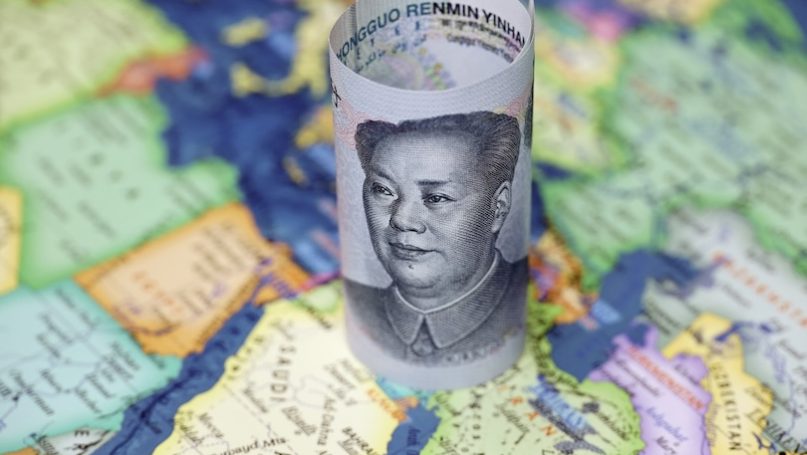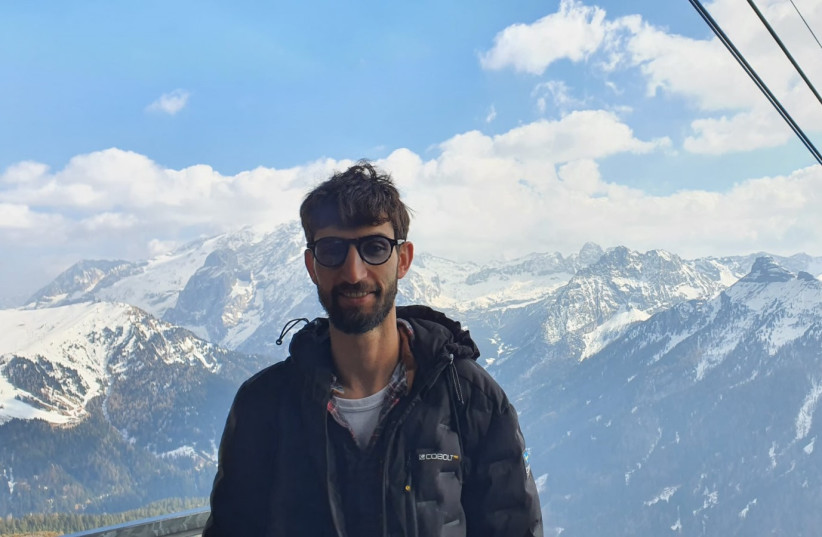Cade Metz, Karen Weise, Nico Grant and Mike Isaac
Larry Page and Elon Musk were on opposite sides in the debate over the risks of artificial intelligence.Credit...Hokyoung Kim
The people who were most afraid of the risks of artificial intelligence decided they should be the ones to build it. Then distrust fueled a spiraling competition.
Larry Page and Elon Musk were on opposite sides in the debate over the risks of artificial intelligence.Credit...Hokyoung KimDec. 3, 2023
Elon Musk celebrated his 44th birthday in July 2015 at a three-day party thrown by his wife at a California wine country resort dotted with cabins. It was family and friends only, with children racing around the upscale property in Napa Valley.
This was years before Twitter became X and Tesla had a profitable year. Mr. Musk and his wife, Talulah Riley — an actress who played a beautiful but dangerous robot on HBO’s science fiction series “Westworld” — were a year from throwing in the towel on their second marriage. Larry Page, a party guest, was still the chief executive of Google. And artificial intelligence had pierced the public consciousness only a few years before, when it was used to identify cats on YouTube — with 16 percent accuracy.
A.I. was the big topic of conversation when Mr. Musk and Mr. Page sat down near a firepit beside a swimming pool after dinner the first night. The two billionaires had been friends for more than a decade, and Mr. Musk sometimes joked that he occasionally crashed on Mr. Page’s sofa after a night playing video games.
But the tone that clear night soon turned contentious as the two debated whether artificial intelligence would ultimately elevate humanity or destroy it.
:quality(70)/cloudfront-us-east-1.images.arcpublishing.com/archetype/GPPAVL43PJHB7CQO64HUBVCP4U.jpg)



























